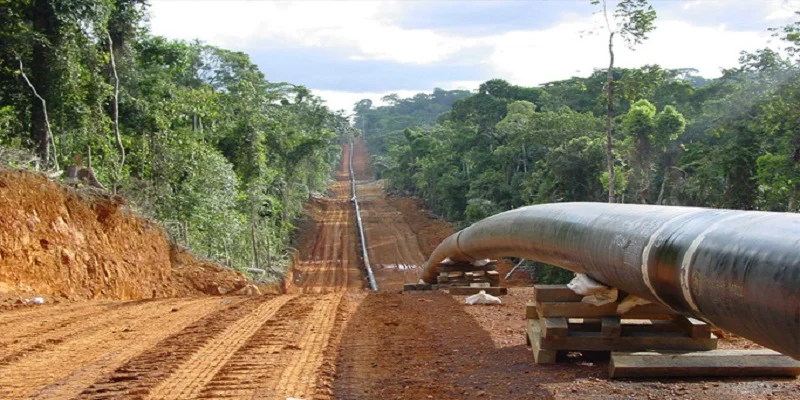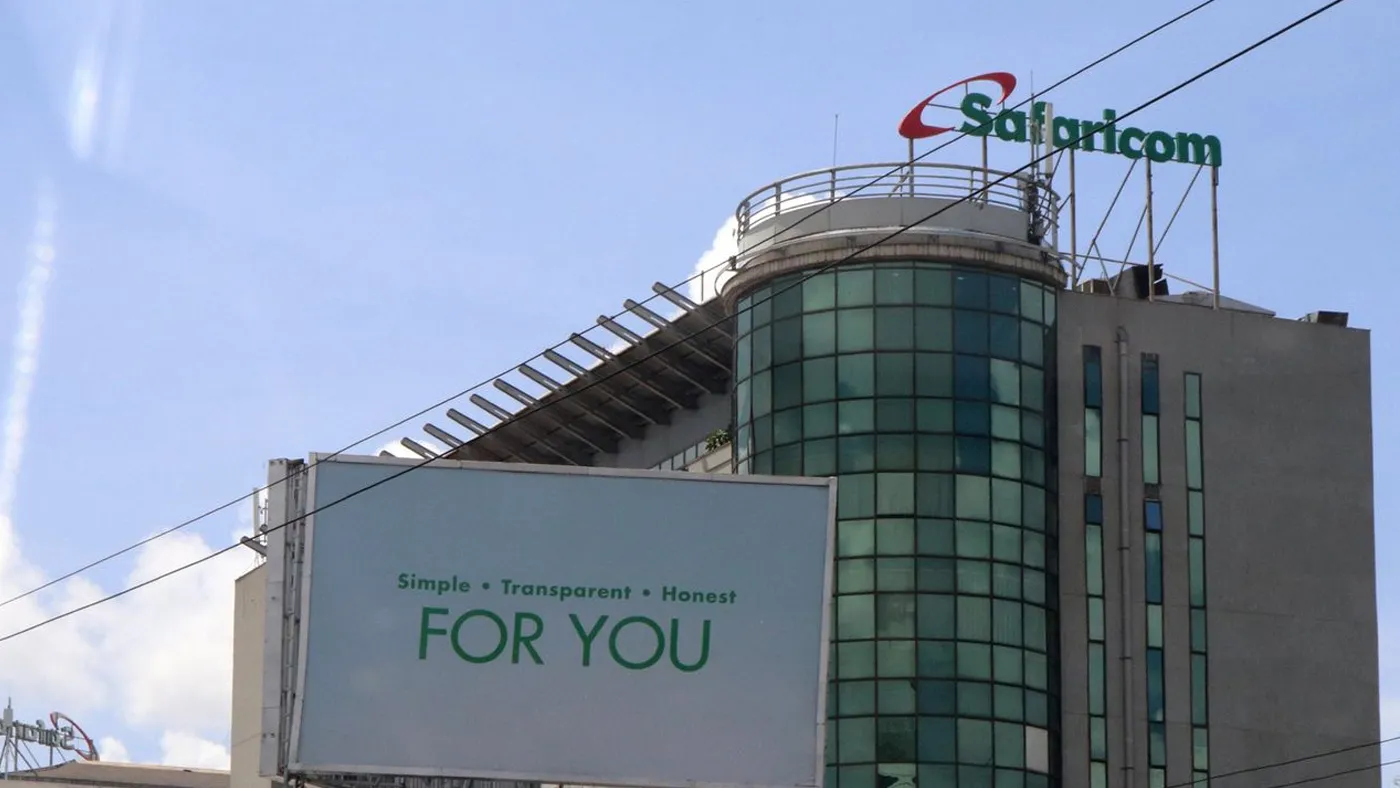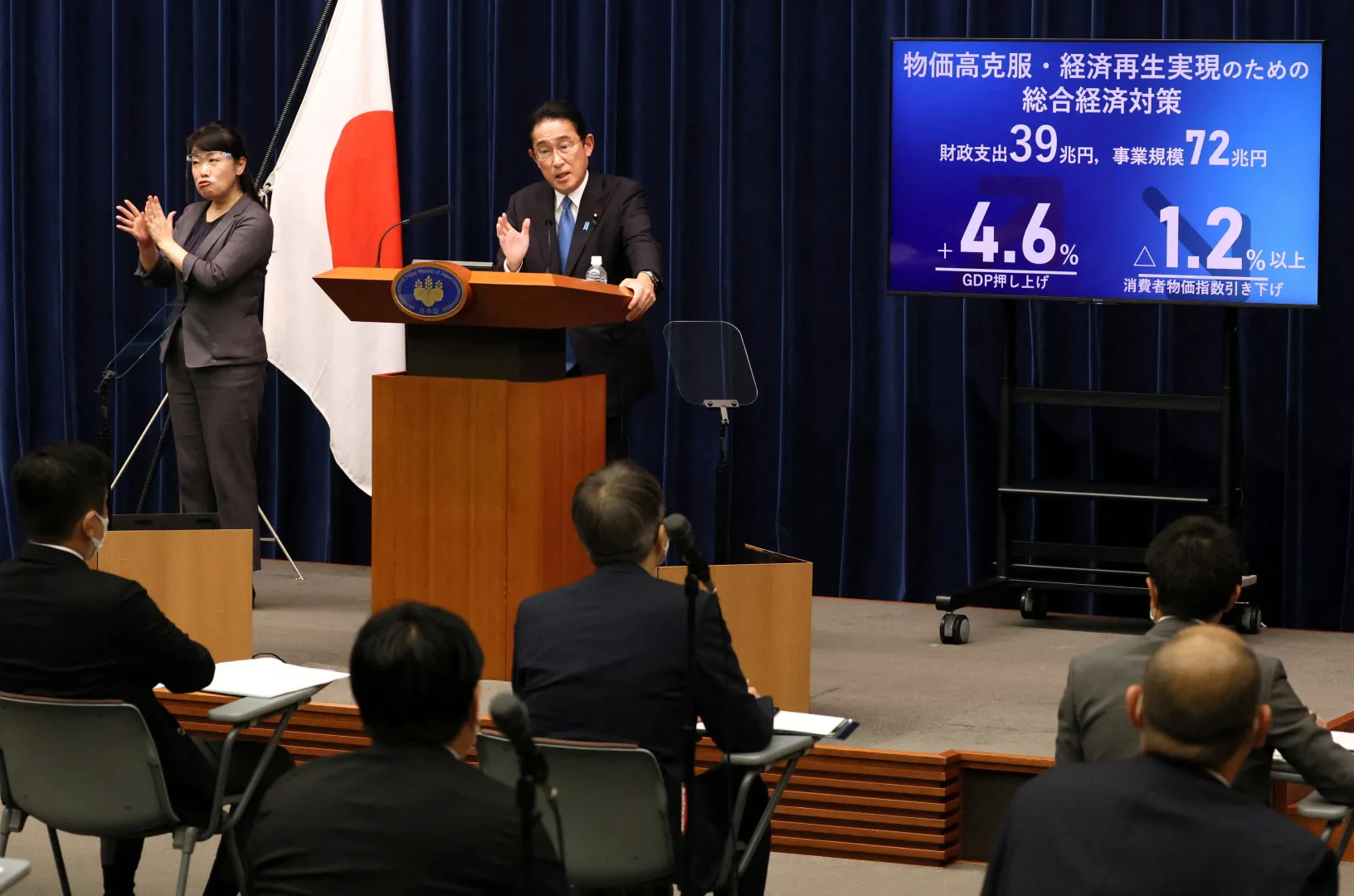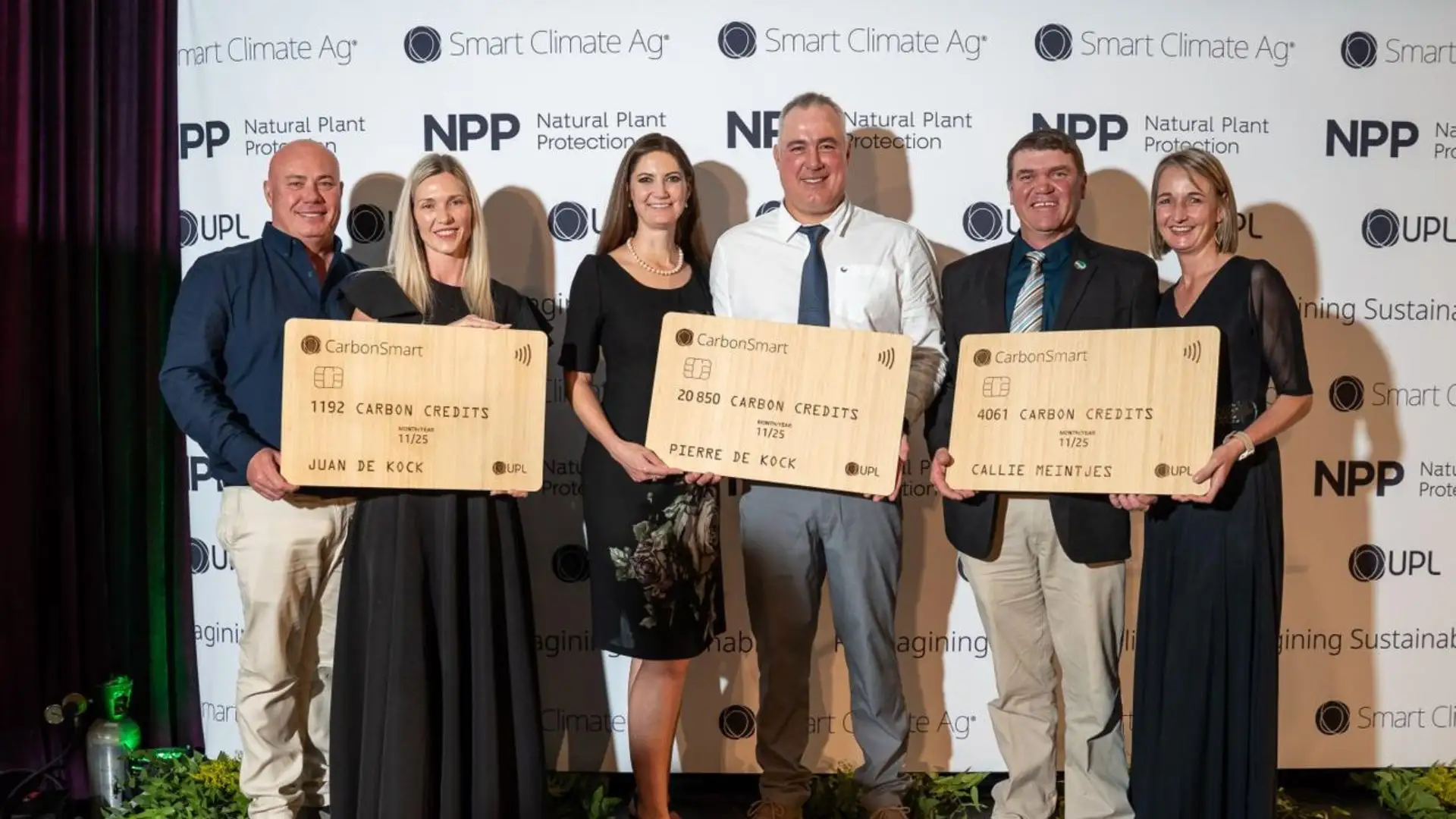A monumental undertaking spanning two East African nations, the East African Crude Oil Pipeline (EACOP) project is now entering its critical final phase, a “12-month sprint” that promises to usher Uganda into the exclusive club of oil-exporting countries by the second half of 2026. With approximately $3.6 billion already invested, this ambitious cross-border infrastructure project is rapidly approaching completion, overcoming a series of formidable challenges ranging from external funding delays to complex topographical hurdles and intense scrutiny from environmental and human rights activists.
During a recent tour of the project sites, EACOP engineers confirmed to The EastAfrican that civil works are accelerating, with the aim of burying the vast network of pipes by the end of this year. This crucial link will connect Uganda’s burgeoning oilfields in the Albertine Graben to the Tanzanian port of Tanga on the Indian Ocean, marking a transformative moment for the region’s energy landscape and economic prospects.
A Vision Decades in the Making: Uganda’s Oil Journey
Uganda’s journey to becoming an oil producer has been a long and arduous one, stretching back exactly two decades to the initial discovery of commercially viable oil reserves. In 2006, significant oil deposits were first confirmed in the Albertine Graben, a rift valley stretching along Uganda’s western border with the Democratic Republic of Congo. Initial estimates placed the total reserves at approximately 6.5 billion barrels, with about 1.4 billion barrels deemed recoverable. This discovery ignited hopes of economic transformation for the landlocked nation, promising substantial revenues, job creation, and infrastructure development.
However, translating these discoveries into actual production proved to be a complex endeavor, fraught with technical, financial, regulatory, and social challenges. The intervening years have been marked by extensive exploration, appraisal, and the painstaking process of developing the necessary legal and fiscal frameworks. Negotiations between the Ugandan government and international oil companies, particularly TotalEnergies and China National Offshore Oil Corporation (CNOOC), spanned years, culminating in the historic Final Investment Decision (FID) on February 1, 2022. This FID, totaling $10 billion, committed the necessary capital for the development of the upstream oilfields and the construction of the EACOP. The long delay between discovery and FID underscores the sheer scale and complexity of such mega-projects, especially in emerging economies.
The Upstream Engine Rooms: Tilenga and Kingfisher
The EACOP is designed to transport crude oil from two flagship upstream projects in Uganda: Tilenga and Kingfisher. These oilfields are the lifeblood of Uganda’s nascent oil industry, and their progress is directly tied to EACOP’s operational readiness.
- Tilenga Oilfield: Operated by TotalEnergies, the Tilenga project is Uganda’s largest oilfield development, boasting a projected production capacity of 190,000 barrels per day (bpd). Located primarily in the Buliisa and Nwoya districts, it involves the development of multiple well pads, a central processing facility, and associated infrastructure. While it is the larger of the two, the original news indicates it is “at least six months behind” the Kingfisher project in terms of overall progress. The feeder pipeline connecting Tilenga to EACOP’s Pump Station 1 (PS-1) is a critical component, and its completion is essential for the overall project timeline.
- Kingfisher Oilfield: Managed by CNOOC, the Kingfisher oilfield is situated about 200 kilometers southwest of Tilenga, primarily in the Kikuube district. With a planned capacity of 40,000 bpd, Kingfisher is a smaller but equally vital component of Uganda’s oil production strategy. The original report notes that Kingfisher is “at least six months ahead” of Tilenga, with its 50-kilometer feeder pipeline on the shores of Lake Albert already 95 percent complete and buried, except for a section connecting to PS-1. This advanced progress provides a significant boost to the overall project, demonstrating efficient execution by CNOOC.
The crude oil from both Tilenga and Kingfisher will be transported via these feeder pipelines to Pump Station 1 (PS-1) at the Kabalega Industrial Park (KIP) in Hoima District. PS-1 is a crucial hub, described as the biggest of all the pump stations. Here, the quantity of crude from both fields will be meticulously measured and commingled before being pumped into the main EACOP pipeline. The installation of IT equipment in September and pre-commissioning activities starting in March or April next year at PS-1 are critical steps towards operational readiness.
Navigating Complex Terrain and Engineering Marvels
The construction of the 1,443-kilometer (897-mile) EACOP is an engineering feat of immense proportions, traversing diverse and often challenging terrain across Uganda and Tanzania. The pipeline, which will be buried for most of its length, is made of thermally insulated 24-inch steel pipes, each 18 meters long, with varying thickness (10.5mm to 23mm) to withstand different pressures and environmental conditions.
The project design accounts for:
- 600 crossings of wetlands, rivers, and roads, each requiring specialized engineering solutions to minimize environmental impact and ensure structural integrity.
- Maximum elevations of 1,532 meters in Uganda and 1,738 meters above sea level in Tanzania, necessitating significant pipe bending to accommodate the undulating topography.
Shafiq Mohamad, a mechanical quality control engineer at Kasambya in Kakumiro District, highlighted the scale of the pipe bending challenge. “Up to now we have performed 500 bends [but] we still have many more to do,” he stated, noting that Uganda’s more elevated terrain means “we have 2,000-3,000 bends to do in Lot-1” (the 296-kilometer Ugandan section). This intricate process of custom-bending pipes to fit the contours of the land is a testament to the advanced engineering and meticulous planning involved. Once buried, the landscape will regenerate, leaving only an improvised road and regrowing bush, a testament to the project’s commitment to minimizing its visible footprint.
The EACOP project is being executed by China Petroleum Pipeline Engineering Co Ltd (CPP), a subsidiary of China National Petroleum Corporation (CNPC), which boasts extensive experience in large-scale pipeline construction globally. CPP’s assessment suggests that the Ugandan section (Lot-1) is currently ahead of the Tanzanian section in many engineering aspects, though key pump stations like PS-1 in Uganda and PS-4 and PS-5 in Tanzania are progressing at a similar pace.
The Financial Backbone: Securing Billions for a Megaproject
The EACOP is one of the largest privately funded oil infrastructure projects in Africa, with an estimated total cost of $5 billion. The $3.6 billion spent so far underscores the massive capital expenditure required for such an undertaking. The funding structure for the project is a crucial aspect, involving a mix of equity and project loans.
Initially, the project faced significant external funding delays, largely due to pressure from local and international activists who raised environmental and social concerns. This led many international banks and financial institutions to hesitate in providing loans, threatening to stall the project. In response, TotalEnergies, as the 62% majority shareholder in the pipeline, along with its partners – Uganda National Oil Company (UNOC), Tanzania Petroleum Development Corporation (TPDC), and CNOOC – stepped in to provide additional equity funding. This move saw equity financing surpass the share allocated for project loans, demonstrating the shareholders’ unwavering commitment and belief in the project’s viability.
A significant breakthrough in securing the necessary financing occurred in March 2025, when EACOP reached a long-awaited financial close for $1 billion via a syndicated loan. This crucial injection of capital came from a consortium of local and regional lenders, including:
- Stanbic Bank Uganda (part of Standard Bank Group)
- KCB Bank Uganda (part of KCB Group Plc)
- Standard Bank Group (South Africa)
- Afreximbank (African Export-Import Bank)
- Islamic Corporation for the Development of the Private Sector (ICD) (part of the Islamic Development Bank Group)
This syndicated loan from African financial institutions was a pivotal moment, demonstrating regional confidence in the project and providing a pathway to overcome the reluctance of some international lenders. The participation of these African banks also aligns with broader efforts to promote intra-African investment and finance large-scale infrastructure projects within the continent.
Economic Transformation: Promises of Prosperity for Uganda and Tanzania
For both Uganda and Tanzania, the completion of EACOP and the commencement of oil exports promise significant economic benefits, potentially transforming their respective economies.
For Uganda:
- Revenue Generation: Oil revenues are projected to significantly boost government coffers, providing funds for public services, infrastructure development, and poverty reduction programs. The Uganda Revenue Authority (URA) will be responsible for collecting taxes and royalties from oil production.
- Job Creation: The construction phase has already created thousands of direct and indirect jobs, and the operational phase will continue to provide employment opportunities in the oil and gas sector and related industries.
- Infrastructure Development: Beyond the pipeline itself, the oil sector has spurred the development of roads, industrial parks (like Kabalega Industrial Park), and other supporting infrastructure.
- Local Content Development: The Ugandan government has emphasized local content policies, aiming to ensure that Ugandan businesses and citizens benefit from contracts, supplies, and skilled employment within the oil and gas value chain. This is crucial for fostering sustainable economic growth beyond direct oil revenues.
- Diversification of the Economy: While oil will provide significant revenue, Uganda aims to use these funds to diversify its economy, investing in sectors like agriculture, tourism, and manufacturing to avoid over-reliance on a single commodity.
For Tanzania:
- Transit Fees and Revenues: As the host of the majority of the pipeline’s length and the export terminal at Tanga, Tanzania will benefit from transit fees, taxes, and other revenues associated with the pipeline’s operation.
- Job Creation: Construction and operation of the pipeline, including pump stations and the marine export terminal, have created jobs for Tanzanian citizens.
- Infrastructure Development: The project has led to improvements in roads, port facilities, and other infrastructure along the pipeline corridor.
- Regional Integration: EACOP strengthens Tanzania’s role as a key regional logistics and trade hub, enhancing its connectivity with landlocked neighbors.
- Energy Security: While primarily for export, the project could also contribute to Tanzania’s energy security in the long term, potentially opening avenues for domestic gas utilization.
The International Monetary Fund (IMF) and World Bank have both highlighted the potential for significant GDP growth in both countries once oil production and exports commence, provided revenues are managed transparently and invested wisely for long-term sustainable development.
The Environmental and Social Crossroads: Balancing Development with Responsibility
The EACOP project has been one of the most contentious infrastructure developments in Africa, drawing intense criticism and opposition from a coalition of local and international environmental and human rights organizations. These groups argue that the pipeline poses significant risks to fragile ecosystems, biodiversity, and local communities.
Key concerns raised by activists include:
- Climate Change Impact: Opponents argue that the project, by facilitating the extraction and transportation of fossil fuels, contributes to global greenhouse gas emissions and undermines efforts to combat climate change. They advocate for a transition to renewable energy sources instead.
- Biodiversity Hotspots: The pipeline traverses sensitive ecological areas, including national parks (such as Murchison Falls National Park in Uganda) and critical wildlife habitats. Concerns have been raised about potential habitat fragmentation, disruption to wildlife migration routes, and increased human-wildlife conflict.
- Water Resources: The pipeline crosses numerous rivers and wetlands, raising fears of potential oil spills that could contaminate vital water sources for communities and ecosystems, including Lake Victoria, Africa’s largest freshwater lake.
- Land Acquisition and Displacement: The project required the acquisition of land from thousands of households in both Uganda and Tanzania. While compensation processes are underway, activists have raised concerns about the adequacy of compensation, delays in payments, and the impact on livelihoods and food security for displaced communities.
- Human Rights: Concerns have been voiced regarding potential restrictions on freedom of expression and assembly for activists opposing the project, as well as the overall human rights impact on communities affected by land acquisition and security operations.
In response to these concerns, TotalEnergies and its partners assert that the project is being developed with stringent environmental and social safeguards, adhering to international best practices. They emphasize:
- Environmental Impact Assessments (EIAs): Comprehensive EIAs have been conducted, and mitigation measures are being implemented, such as burying the pipeline to minimize surface disturbance and restoring affected areas.
- Compensation and Resettlement: The project developers state that they are providing fair and timely compensation and resettlement assistance to affected households, in line with national laws and international standards.
- Biodiversity Offsets: Efforts are being made to implement biodiversity offset programs to compensate for any unavoidable impacts on ecosystems.
- Economic Benefits: The developers argue that the economic benefits of the project, including job creation and revenue generation, are essential for poverty alleviation and sustainable development in the region.
The ongoing debate highlights the complex tension between economic development aspirations in developing countries and global environmental concerns. The project’s developers maintain that the oil and gas resources are crucial for their national development, while activists continue to press for a shift towards a more sustainable energy future.
Geopolitical Implications: East Africa’s Emerging Role in Global Energy
The EACOP project has significant geopolitical implications, positioning East Africa as an emerging player in the global energy market.
- Diversification of Global Supply: In a world increasingly focused on energy security and diversification of supply sources, new oil producers like Uganda and new export routes like EACOP offer alternatives to traditional suppliers.
- Regional Energy Hub: The pipeline strengthens East Africa’s role as a potential energy corridor, with future possibilities for regional energy trade and infrastructure development.
- Chinese and French Influence: The involvement of CNOOC and TotalEnergies underscores the growing strategic interests of China and France in Africa’s natural resources and infrastructure development.
- Investment Destination: The successful completion and operation of EACOP could encourage further foreign direct investment (FDI) into large-scale infrastructure and resource projects across the East African region.
The project also reflects a broader trend of African nations seeking to leverage their natural resources for economic development, often navigating complex international partnerships and geopolitical dynamics.
The Final Sprint and Beyond: What Lies Ahead
As EACOP enters its “12-month sprint,” the focus is squarely on completing the remaining civil works, including the thousands of pipe bends and crossings, and installing the crucial mechanical and IT equipment at the pump stations. Moses Kirumira, EACOP deputy construction engineer for Lot-1, expressed confidence: “We are on schedule for Tilenga feeder pipeline to be buried by end of this year. The only challenge is Waiga River, where we’ve done topographical studies to determine wettability. Other than that, and maybe the rains, we don’t anticipate any serious challenge.”
The projection by EACOP managing director Guillaume Dulout earlier this year that Uganda’s oil will flow from Hoima to Tanga in 2026 appears increasingly realistic. Once production commences, the 40-tonne pumps at PS-1 will move the commingled crude under pressure for 180 kilometers to the next pump station at Sembabule, which will then inject more pressure to drive the oil onward across the Uganda-Tanzania border and eventually to the marine export terminal at Tanga.
The journey from oil discovery to export has been a long and challenging one for Uganda, marked by both immense potential and significant hurdles. The finalization of EACOP represents not just the completion of a pipeline, but the realization of a decades-long national aspiration. The coming year will be critical in determining whether this mega-project delivers on its promises of economic transformation, while also navigating the ongoing complexities of environmental stewardship and social responsibility. The eyes of East Africa, and indeed the global energy community, are firmly fixed on this final sprint.
Ready to take your career to the next level? Join our dynamic courses: ACCA, HESI A2, ATI TEAS 7 , HESI EXIT , NCLEX – RN and NCLEX – PN, Financial Literacy!🌟 Dive into a world of opportunities and empower yourself for success. Explore more at Serrari Ed and start your exciting journey today! ✨
photo source: Google
By: Montel Kamau
Serrari Financial Analyst
15th July, 2025
Article, Financial and News Disclaimer
The Value of a Financial Advisor
While this article offers valuable insights, it is essential to recognize that personal finance can be highly complex and unique to each individual. A financial advisor provides professional expertise and personalized guidance to help you make well-informed decisions tailored to your specific circumstances and goals.
Beyond offering knowledge, a financial advisor serves as a trusted partner to help you stay disciplined, avoid common pitfalls, and remain focused on your long-term objectives. Their perspective and experience can complement your own efforts, enhancing your financial well-being and ensuring a more confident approach to managing your finances.
Disclaimer: This article is for informational purposes only and does not constitute financial advice. Readers are encouraged to consult a licensed financial advisor to obtain guidance specific to their financial situation.
Article and News Disclaimer
The information provided on www.serrarigroup.com is for general informational purposes only. While we strive to keep the information up to date and accurate, we make no representations or warranties of any kind, express or implied, about the completeness, accuracy, reliability, suitability, or availability with respect to the website or the information, products, services, or related graphics contained on the website for any purpose. Any reliance you place on such information is therefore strictly at your own risk.
www.serrarigroup.com is not responsible for any errors or omissions, or for the results obtained from the use of this information. All information on the website is provided on an as-is basis, with no guarantee of completeness, accuracy, timeliness, or of the results obtained from the use of this information, and without warranty of any kind, express or implied, including but not limited to warranties of performance, merchantability, and fitness for a particular purpose.
In no event will www.serrarigroup.com be liable to you or anyone else for any decision made or action taken in reliance on the information provided on the website or for any consequential, special, or similar damages, even if advised of the possibility of such damages.
The articles, news, and information presented on www.serrarigroup.com reflect the opinions of the respective authors and contributors and do not necessarily represent the views of the website or its management. Any views or opinions expressed are solely those of the individual authors and do not represent the website's views or opinions as a whole.
The content on www.serrarigroup.com may include links to external websites, which are provided for convenience and informational purposes only. We have no control over the nature, content, and availability of those sites. The inclusion of any links does not necessarily imply a recommendation or endorsement of the views expressed within them.
Every effort is made to keep the website up and running smoothly. However, www.serrarigroup.com takes no responsibility for, and will not be liable for, the website being temporarily unavailable due to technical issues beyond our control.
Please note that laws, regulations, and information can change rapidly, and we advise you to conduct further research and seek professional advice when necessary.
By using www.serrarigroup.com, you agree to this disclaimer and its terms. If you do not agree with this disclaimer, please do not use the website.
www.serrarigroup.com, reserves the right to update, modify, or remove any part of this disclaimer without prior notice. It is your responsibility to review this disclaimer periodically for changes.
Serrari Group 2025












